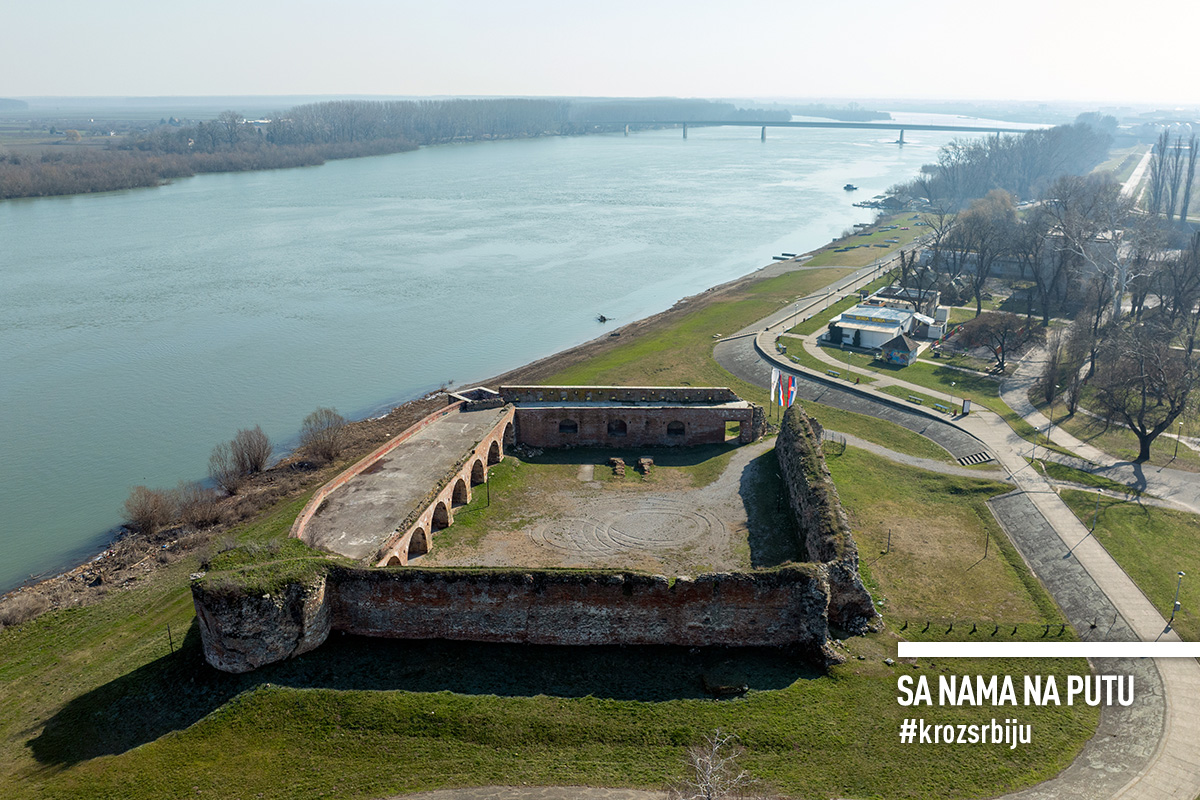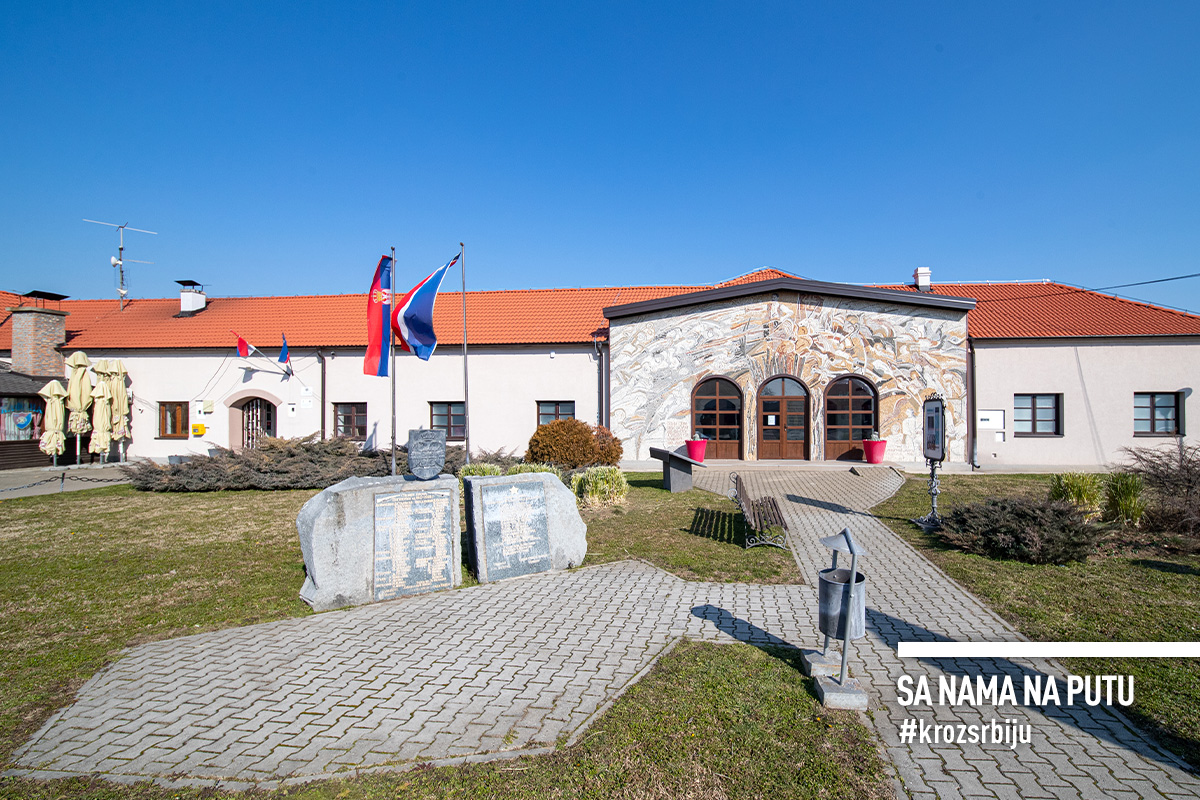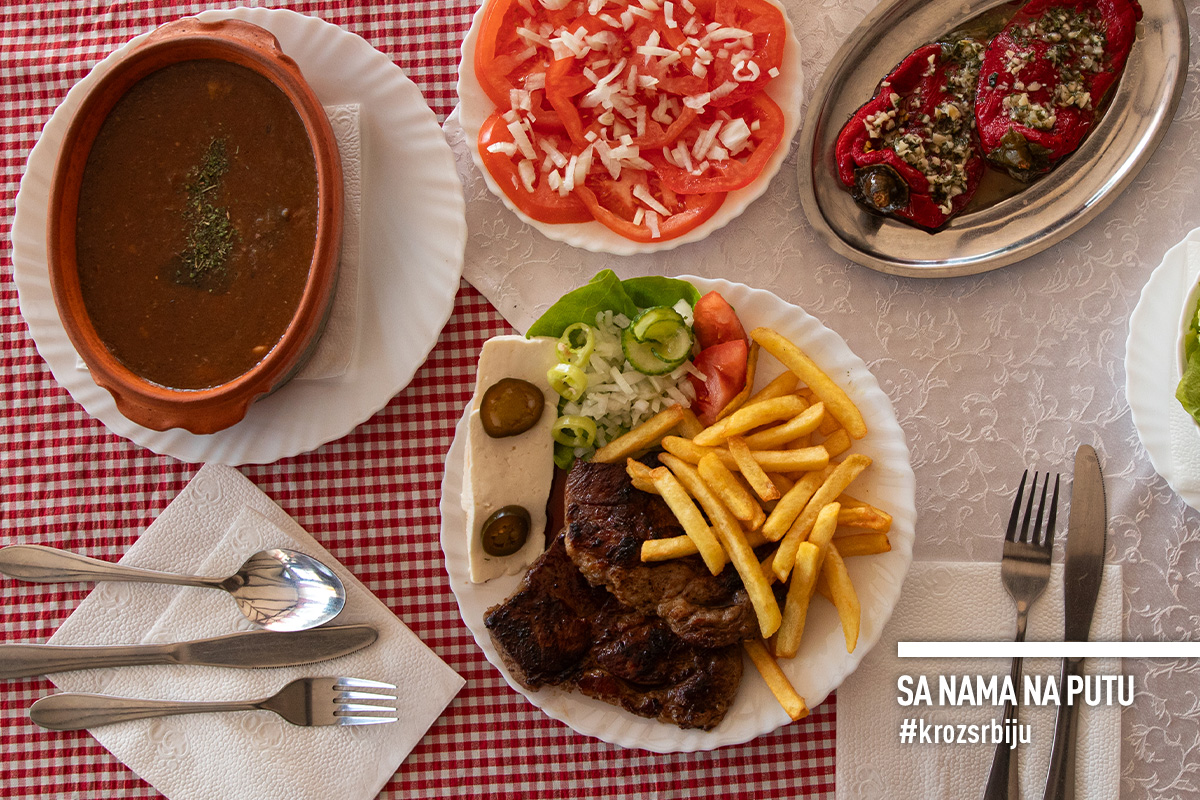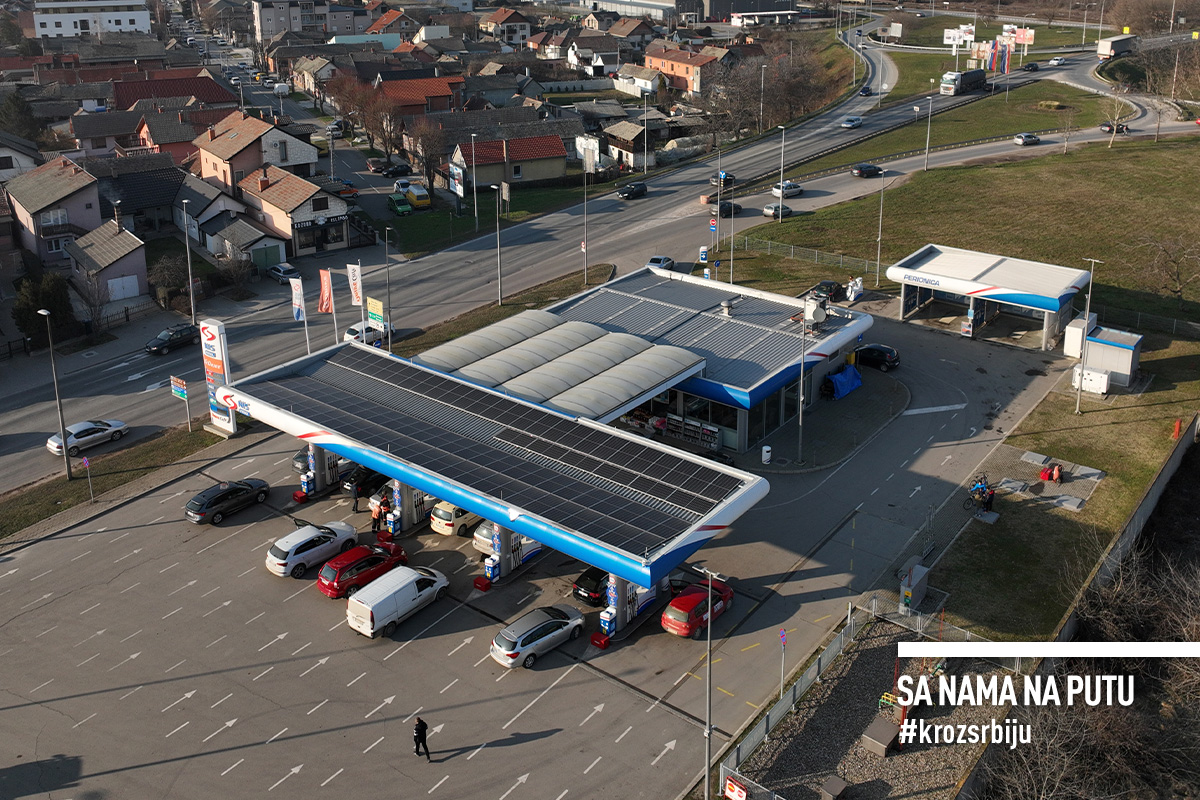While waiting for the spring awakening, what about having a little fun and cheering up your gloomy days with jokes? Where could you possible do it better than in the city of “Čivijaši”, also known for its bohemians, taverns, luxurious and diverse architecture, the widely known fair, and fierce battles for freedom. Where the regions of Mačva, Pocerina and Posavina meet.
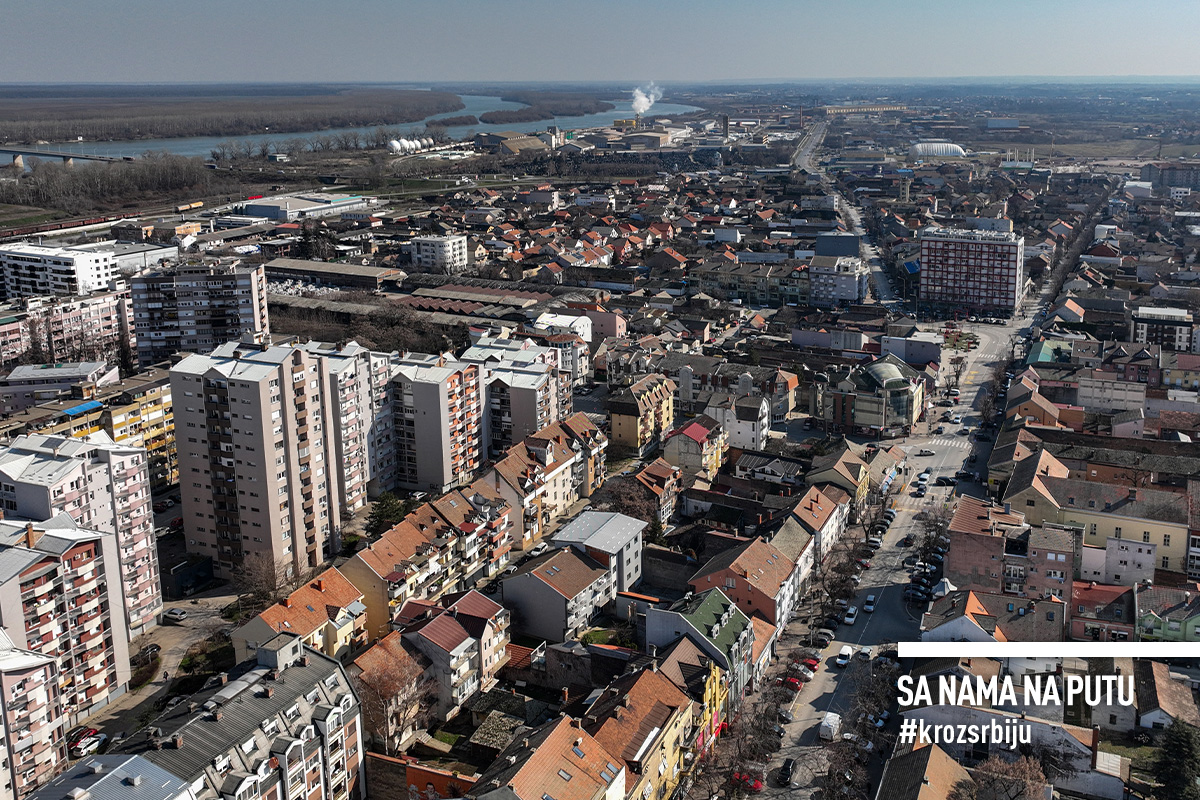
BECAUSE ŠABAC IS CALLED “LITTLE PARIS”
It got this nickname a long time ago. And for a good reason. It was ranked first in Serbia in many ways. Here, on the right bank of the Sava river, the sounds of the first piano were heard, the first carriage ran by, the first pharmacy and the first city hospital in the district were opened, the first town to see the first deck of cards, billiard and window glasses, the first equestrian club, the most recent Vienna- and Paris-style clothes were worn… And Draga Ljočić, local lady, was the first Serbian trained doctor. Legend has it that it was also the first city where women were allowed to enter the tavern. And there used to be 130 taverns here. In addition to bohemian life, the tavern has always been the center of social, cultural and political life. Adding its elegant and diverse architecture, it is not surprising that the city of Šabac was nicknamed “Little Paris”. But compared to the French capital, it is great in its sufferings and sacrifices for freedom and its Sava River, wide, deep, so much more powerful than the Paris Seine.
Its residents are widely known as “Čivijaši”. There are more anecdotes about how they were named after “čivija”, Turkish word for a “carriage wheel peg”, especially a wooden one, and “hitting a peg” colloquially meant tricking, deceiving or pranking someone. The commonly accepted version says that it was Prince Mihailo Obrenović himself who coined this nickname. And who wouldn’t want their godfather to a man of such ranking? Namely, when the prince came to visit Šabac once, some witty and idle locals pulled out a peg from the wheel of his carriage, and when Mihailo headed for Belgrade, he ended up in the dust after about a hundred meters. They might have paid a huge price for this mischief, but their punishment was only an unusual nickname, and the word “čivijaš” became synonymous with a joker or a jester. It seems they were happy to accept it, because they also founded the well-known festival of humor and satire, known as “Čivijada“.
Šabac was first mentioned in the writings under the name of “Zaslon” in 1454, although it is believed that the settlement, probably a commercial one, originated at the beginning of the 14th century during the reign of King Dragutin, whose summer house was in the nearby village of Debrc. Archaeological sites confirm that there were settlements in this area even in the early Stone Age, and that the Romans lived here at the dawn of the new era. After the fall of the Serbian state in the second half of the 15th century, the Ottomans conquered these areas. The name Šabac was first used in a drawing by Hartmann Schödel from 1493. It soon became an important stronghold and frontier city with developed trade. It flourished during the reign of Jevrem Obrenović, Prince Miloš’s brother, a man of broad and advanced views who adorned it European charm and practices.
To this day, the city has preserved its distinctive spirit and has a lot to be proud of. The center is dominated by the Church of the Holy Apostles Peter and Paul, Jevrem’s endowment, completed in 1830. The interior is adorned with a valuable carved iconostasis, from the middle of the 19th century. This Orthodox church is also a symbol of suffering. In August 1914, many residents of Šabac were imprisoned in the church and later shot. In its courtyard there is a monument to the victims of the Balkan Wars and the Great War, with an ossuary underneath. The very heart of the city, a living promenade, is named after Gospodar (Lord) Jevrem. In that street and the surrounding area there are many striking buildings of Šabac – the Twin buildings, the house of Prota Jovan Pavlović, the First National Pharmacy, the Episcopium, the Grammar School, as well as the luxurious and large Krsmanović House, built in 1891 as a trade and residential building.
A vibrant yet modest, welcoming city that offers amenities and cultural experiences like a much larger city.
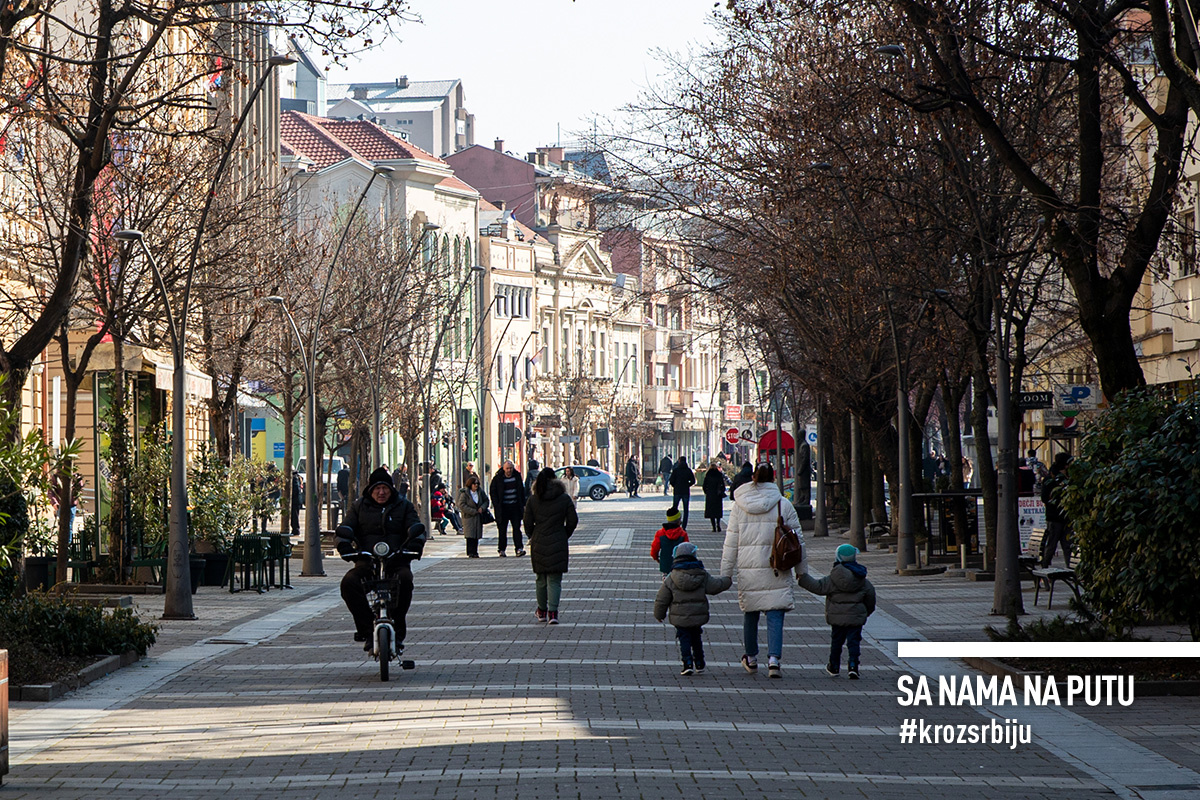
BECAUSE A WALK THROUGH THE NATIONAL MUSEUM IS UNFORGETTABLE
It is located in the building of the former Half-Gymnasium, built in 1857, in the style of Central European architecture. The exhibition space is on the first floor, and almost the entire wall of the mezzanine is adorned with the magnificent work of Stevan Čalić “The Great Men of the Podrinje Region“. The permanent exhibition is divided into six collections. The oldest exhibits on display are the horns of a steppe bison and the shin of a woolly mammoth. Among the most important items are the works of the passionate, unbridled genius Milić of Mačva, figures of the Roman god of trade Mercury and the goddess Venus, and for lovers of literature and film – the typewriter on which Dušan Kovačević typed all his timeless works, which he donated to the museum to “keep it, and – so the typewriter is not left alone“. A part of the exhibition is dedicated to the Šabac Fortress, the Battle of Mišar, Lord Jevrem, and the devastation of Šabac in the Great War, for which the city received three medals; extremely interesting are the folk costumes and jewelry, and homemade craftsmanship.
A small but varied, lively and extremely appealing display. Unusually conceived, imaginative. The National Museum of Šabac is certainly one of the most beautiful and perhaps the most memorable cultural buildings we have visited so far.
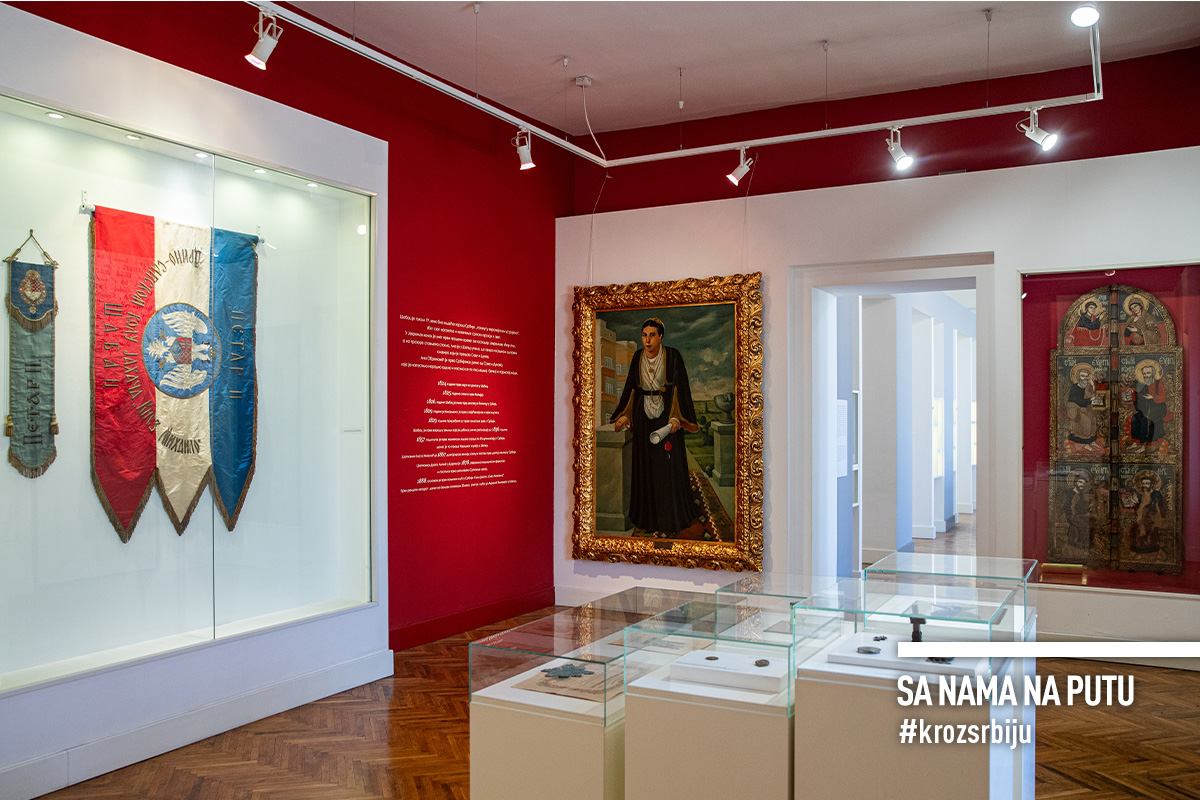
BECAUSE THE ŠABAC FORTRESS HAS WITNESSED TUMULTUOUS DAYS
Ordered by Sultan Mehmed II the Conqueror, the construction of the Fortress began in 1470 on the slightly elevated Sava riverbank. It was called “Bejurdelen” (the one who hits from the side), not very big, but its walls were strong and high. The importance of the fortification was perhaps best described by Serbian Despot Vuk Grgurević, known as “Vuk the Fiery Dragon”, who said that its right eye belonged to the Sultan, boasting that it was there that he had his foot on the throat of Christianity. And since that time – no peace for centuries. Constant battles were fought around this extremely important border fortification, mainly between the Ottomans and Austro-Hungarians. Finally, the Serbian flag rose on its walls in 1807 and flew until the collapse of the First Serbian Uprising in 1813. The Ottomans left the fortress in April 1867, for good. Overwhelmed by fiery battles, but also often flooded by the restless Sava River, so there is not much left of its walls nowadays. Just enough to sense and breathe the past of this location. This place was called the Old Town after it. Today, it is surrounded by a park and a recreational center, and there is also a river beach nearby. In full retirement, it is finally living its carefree days.
